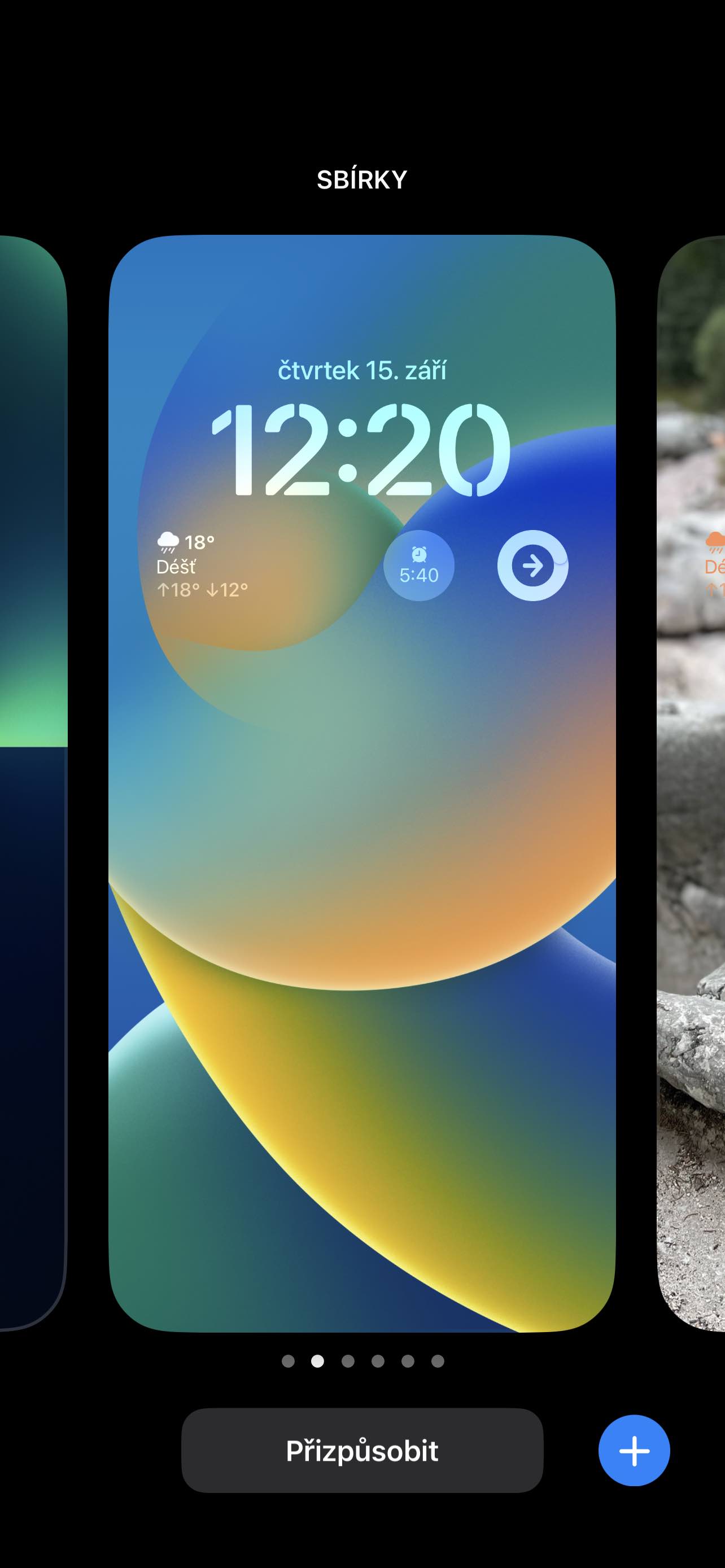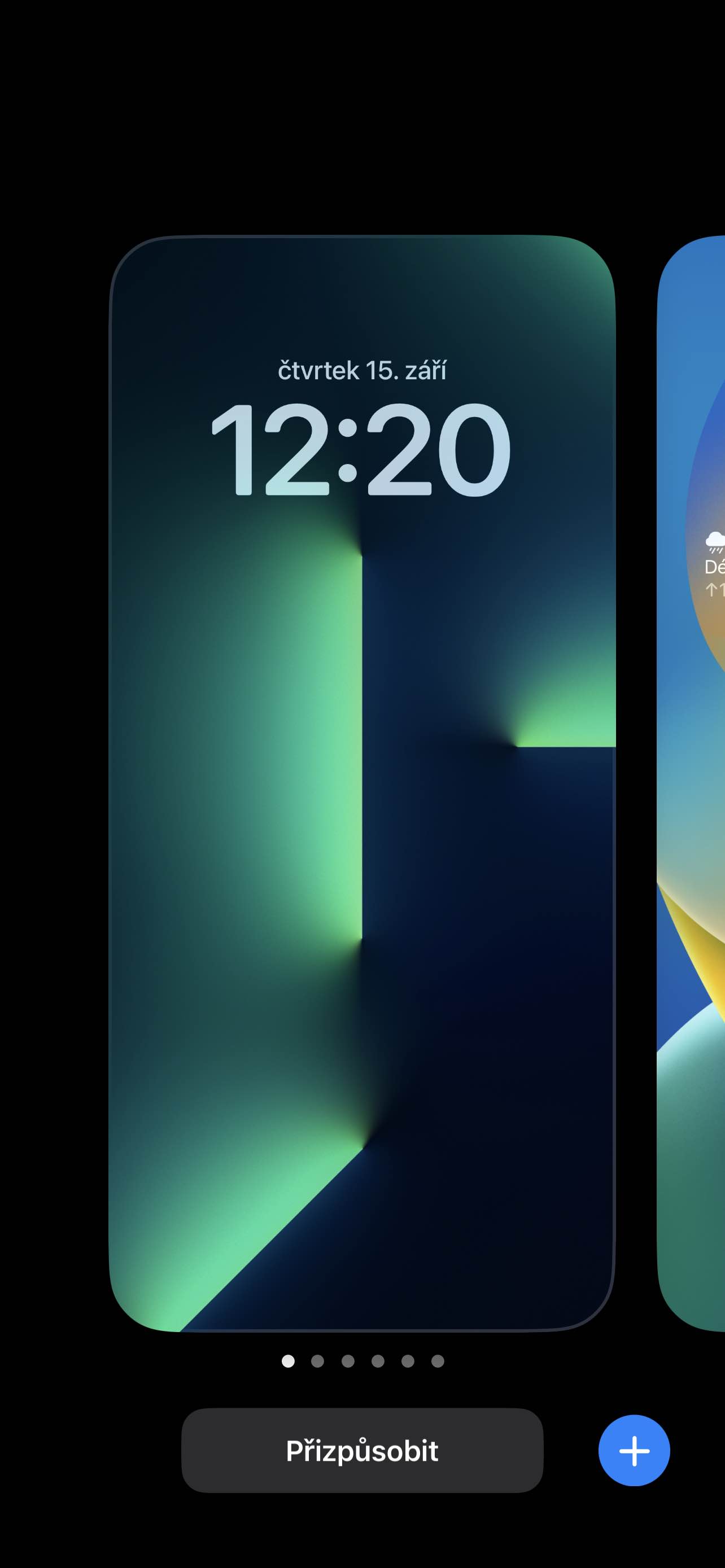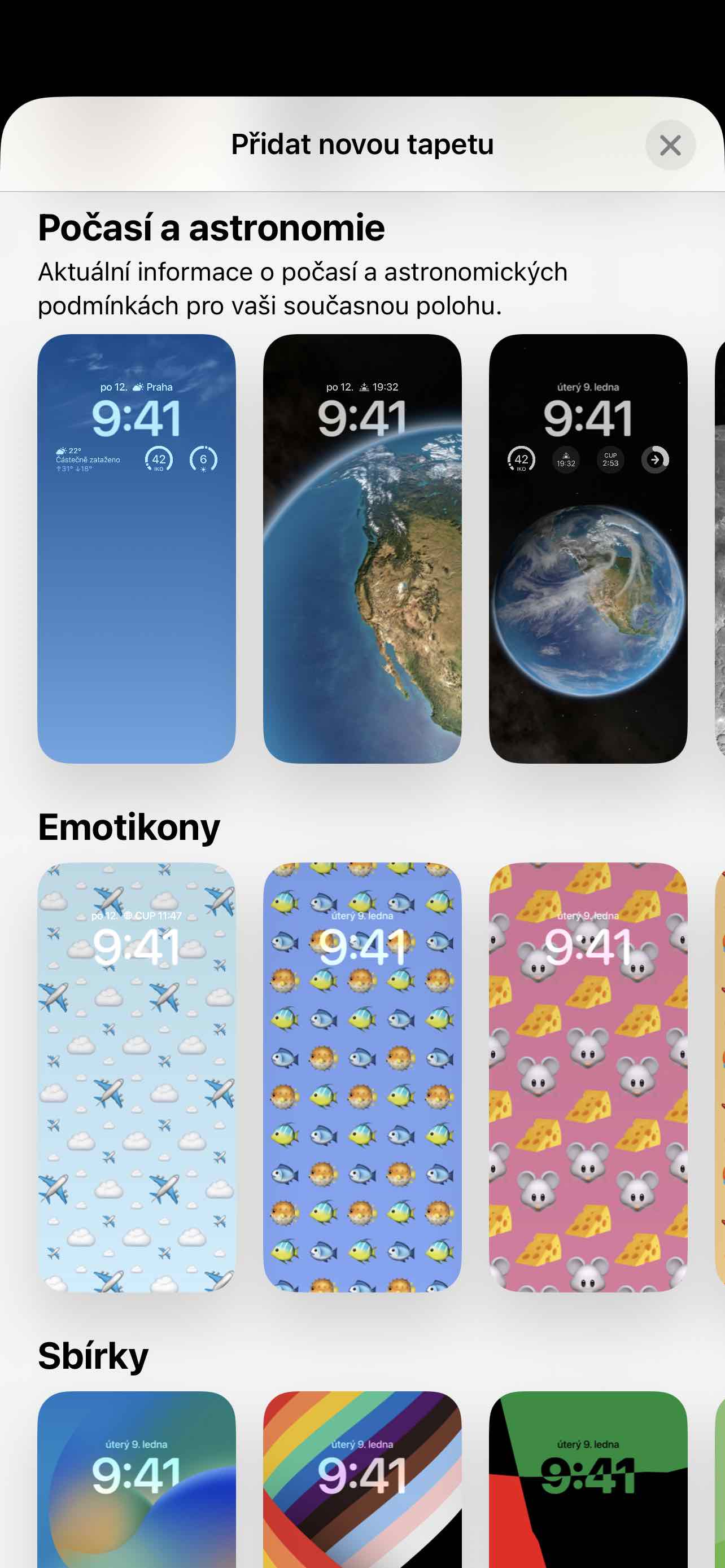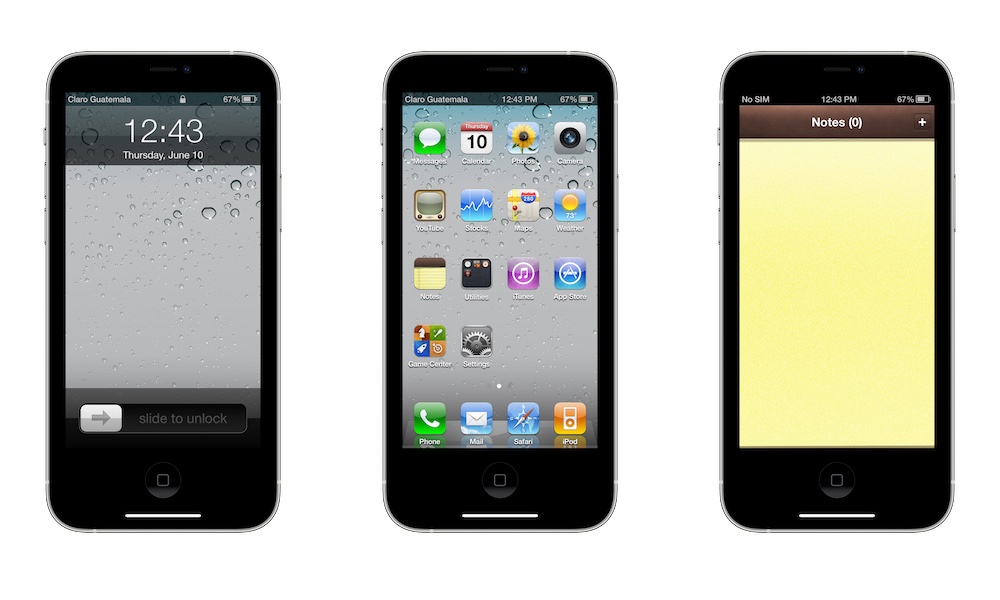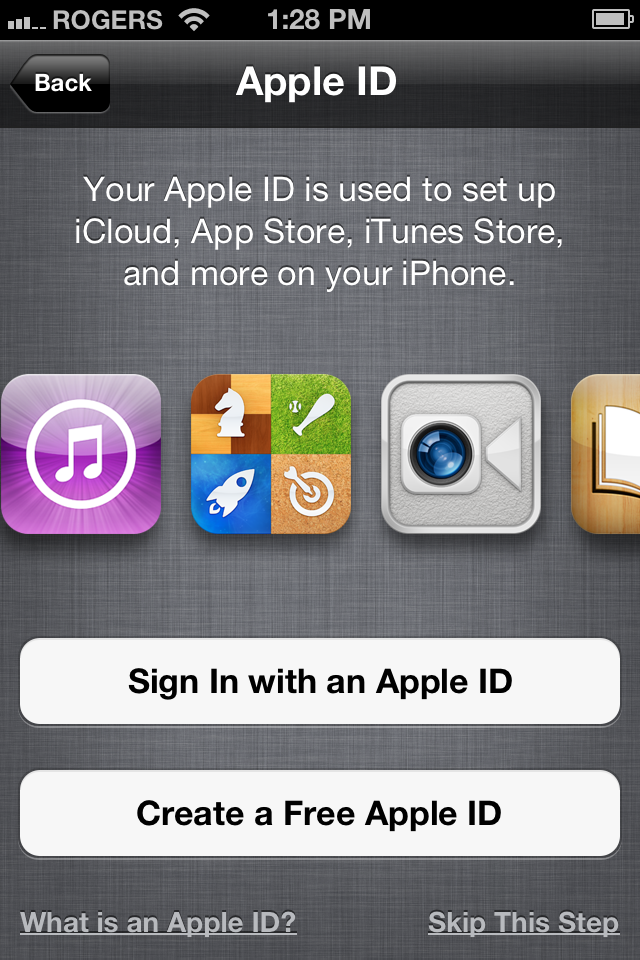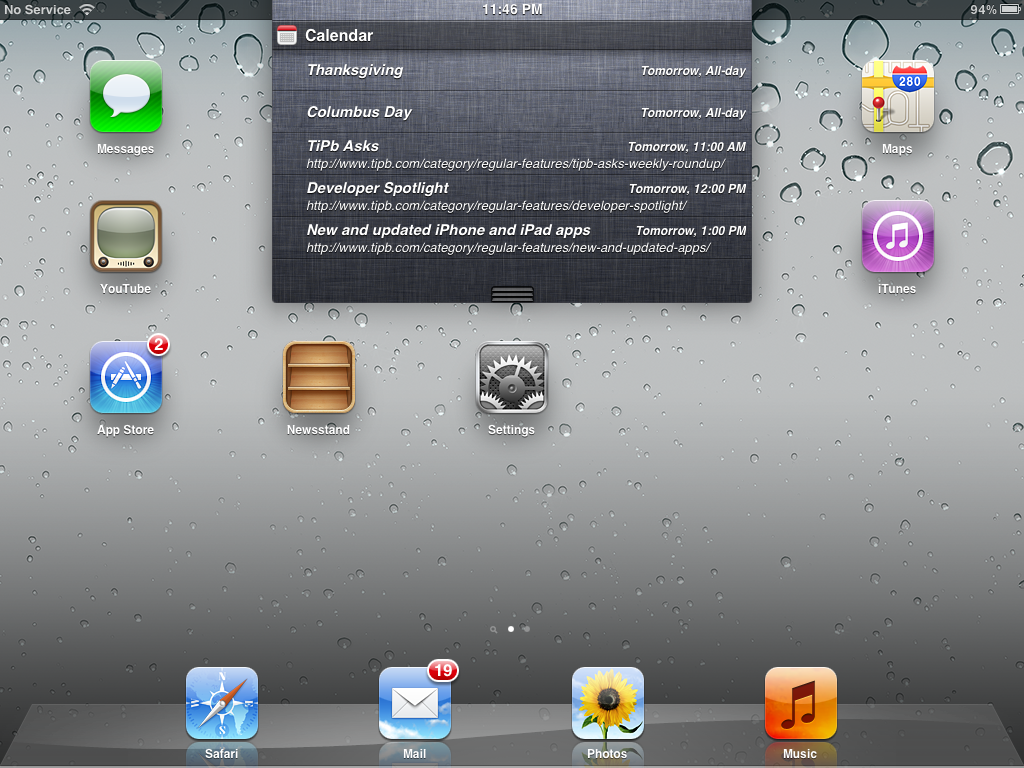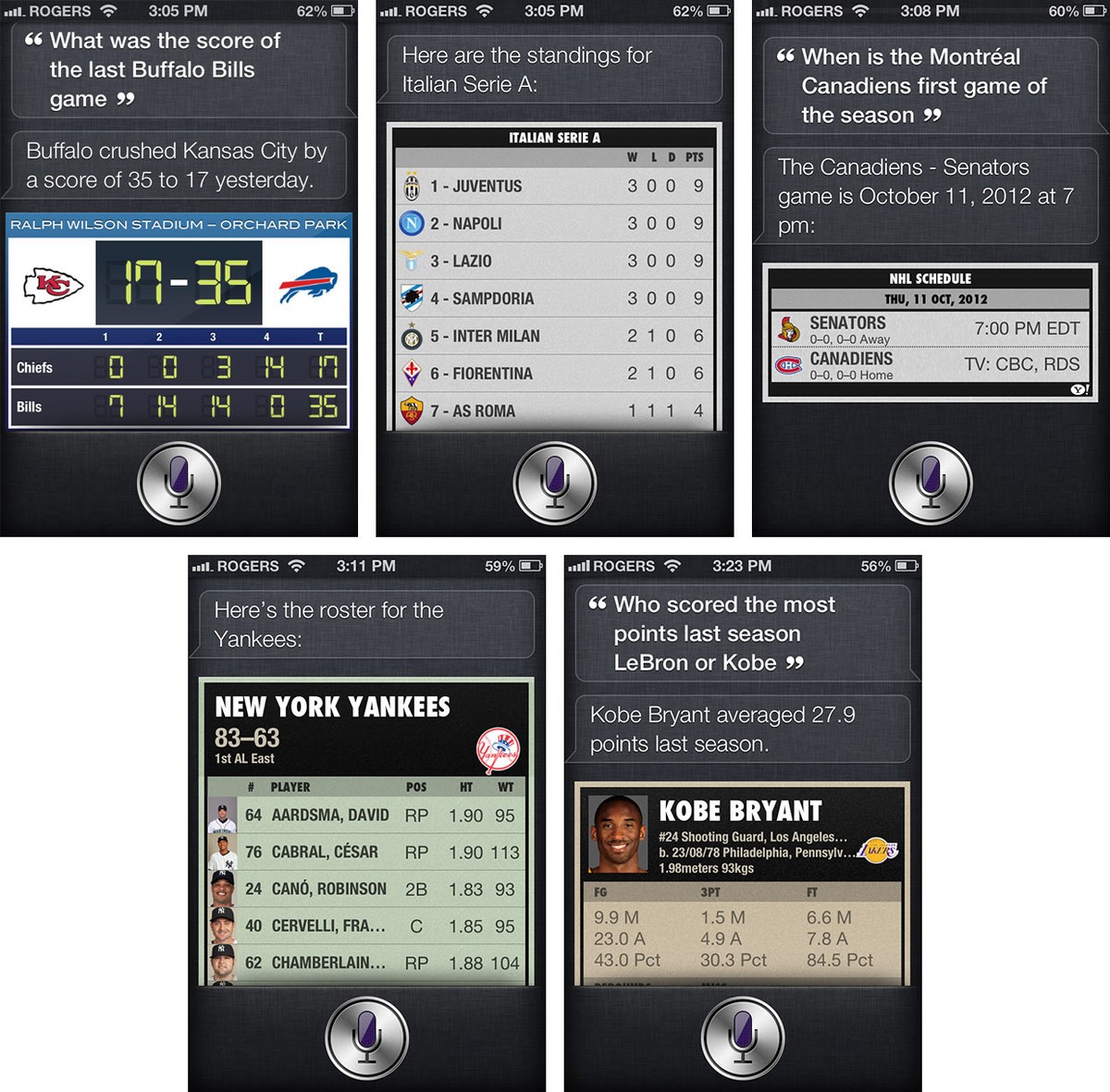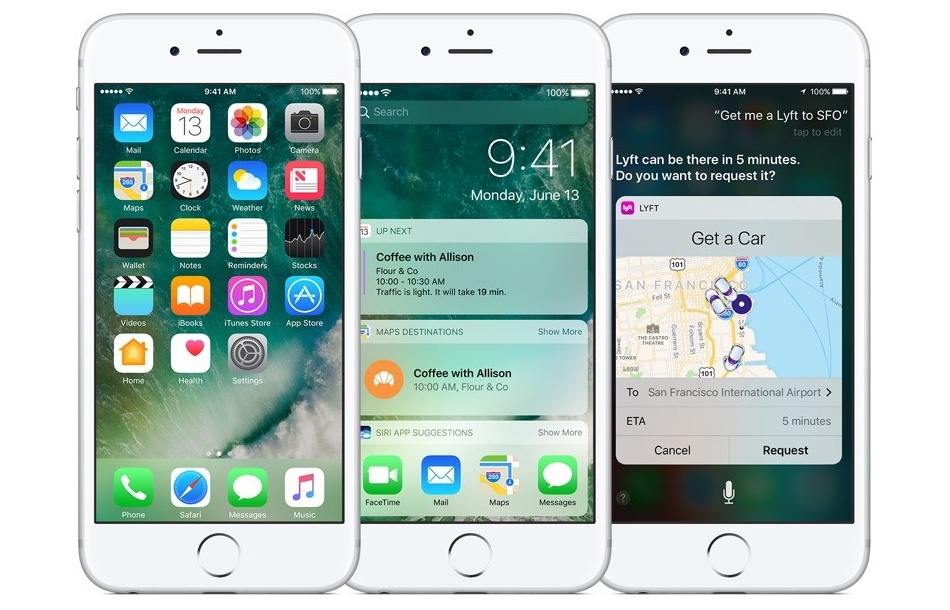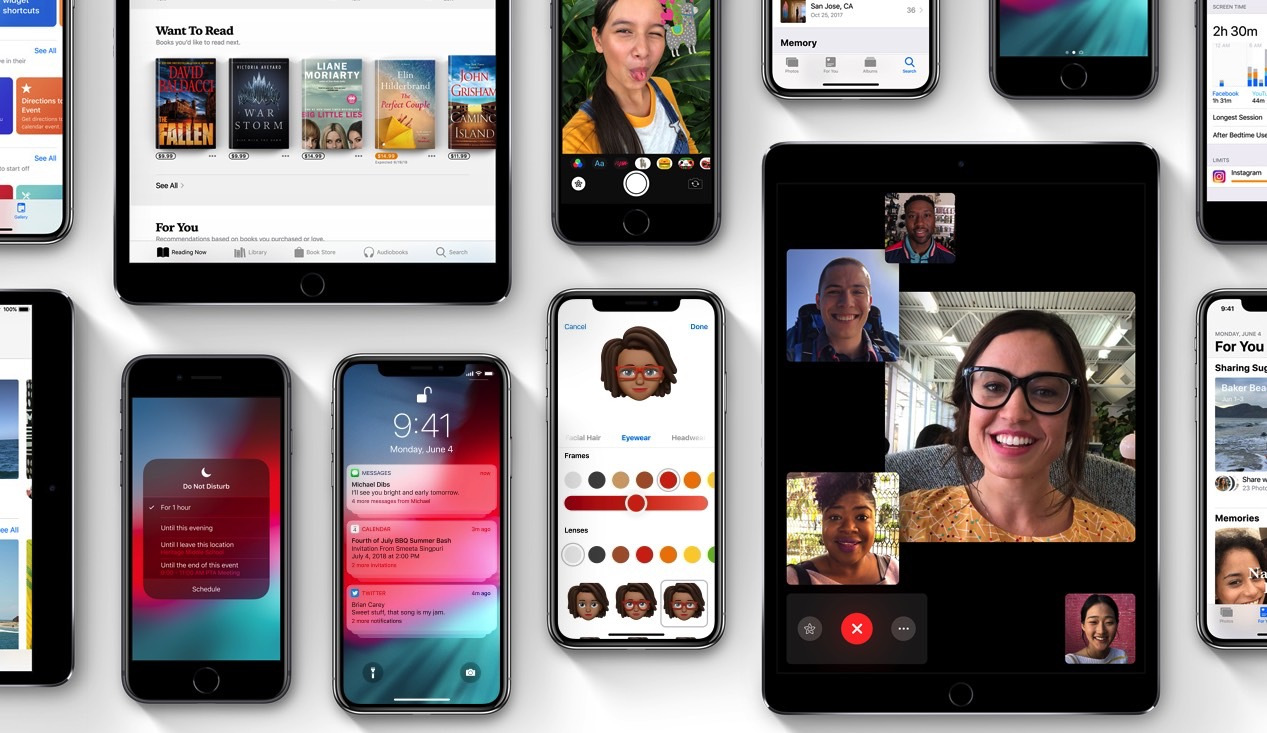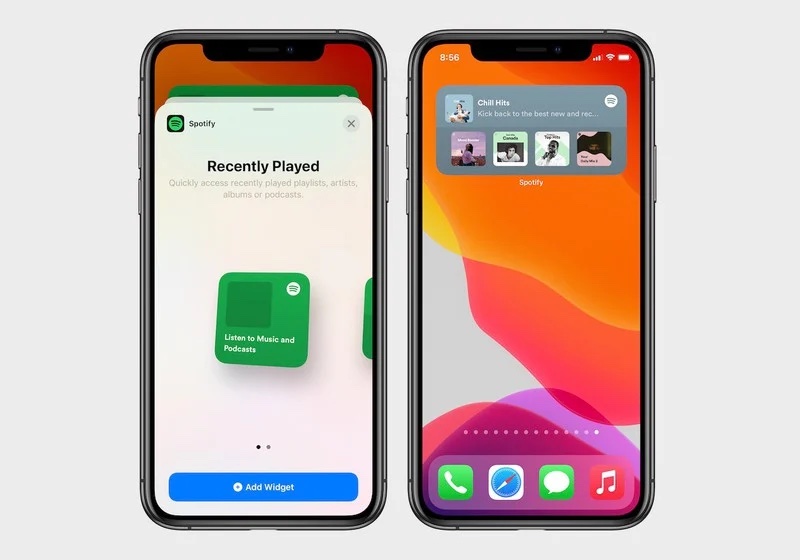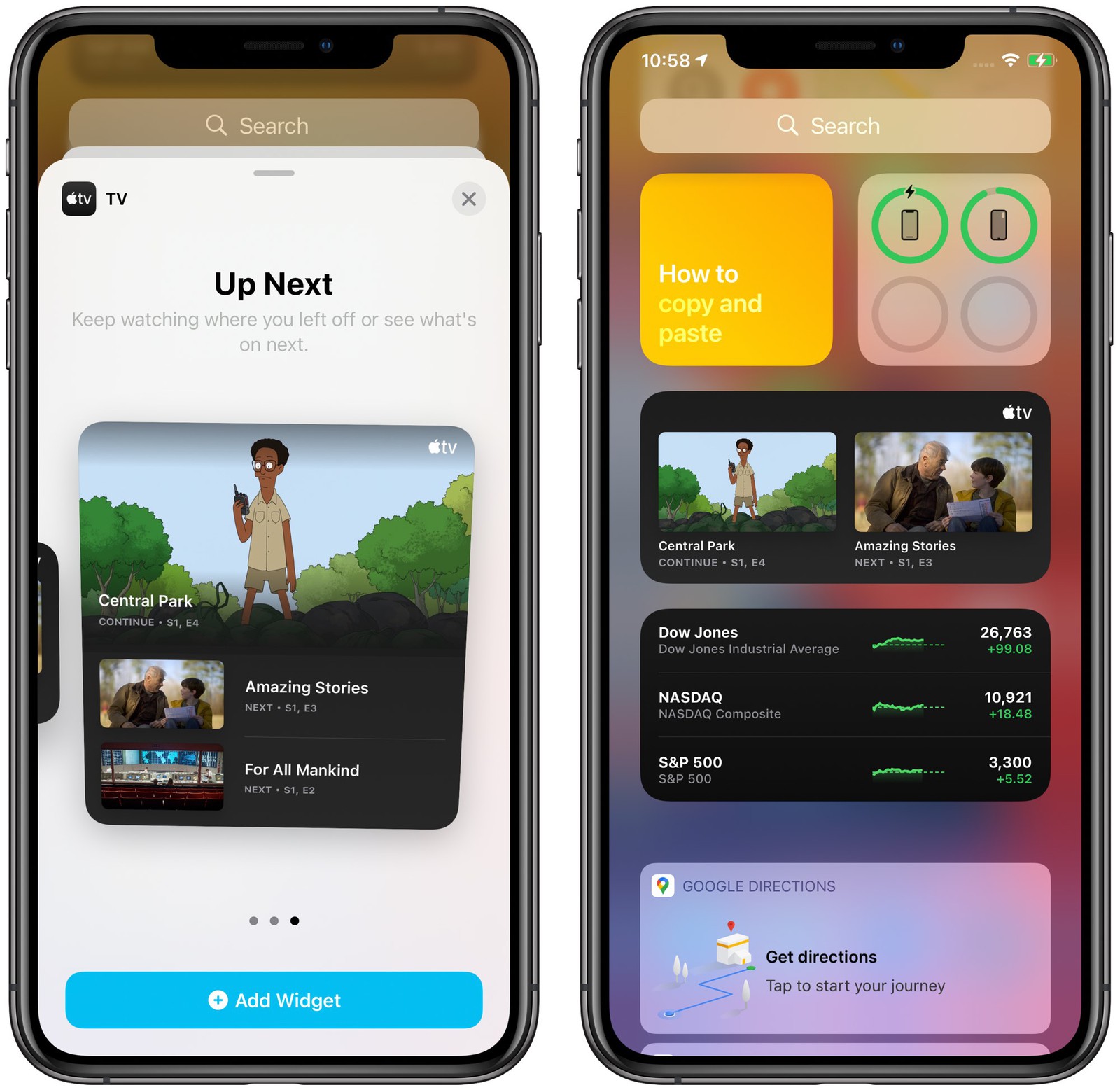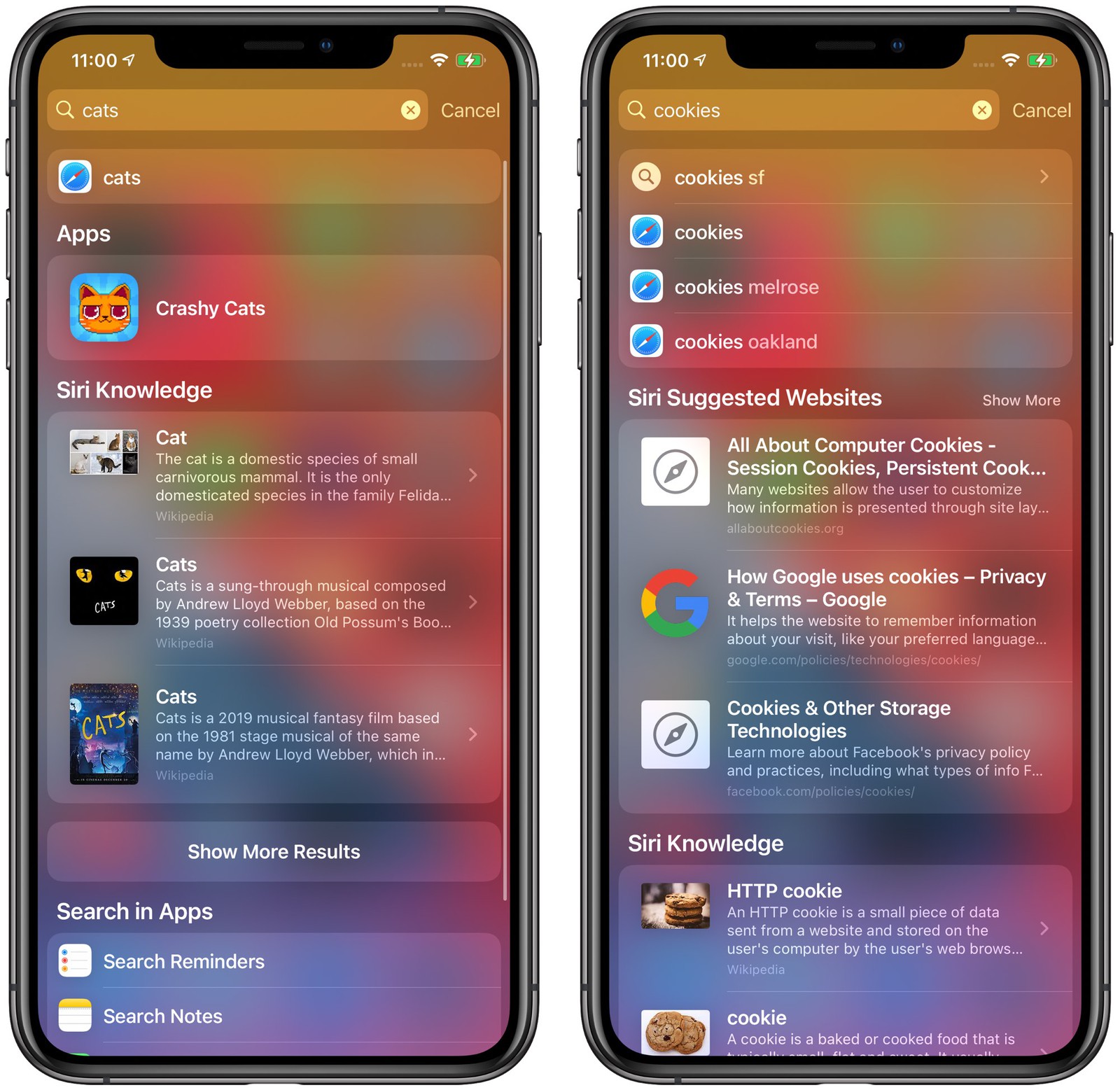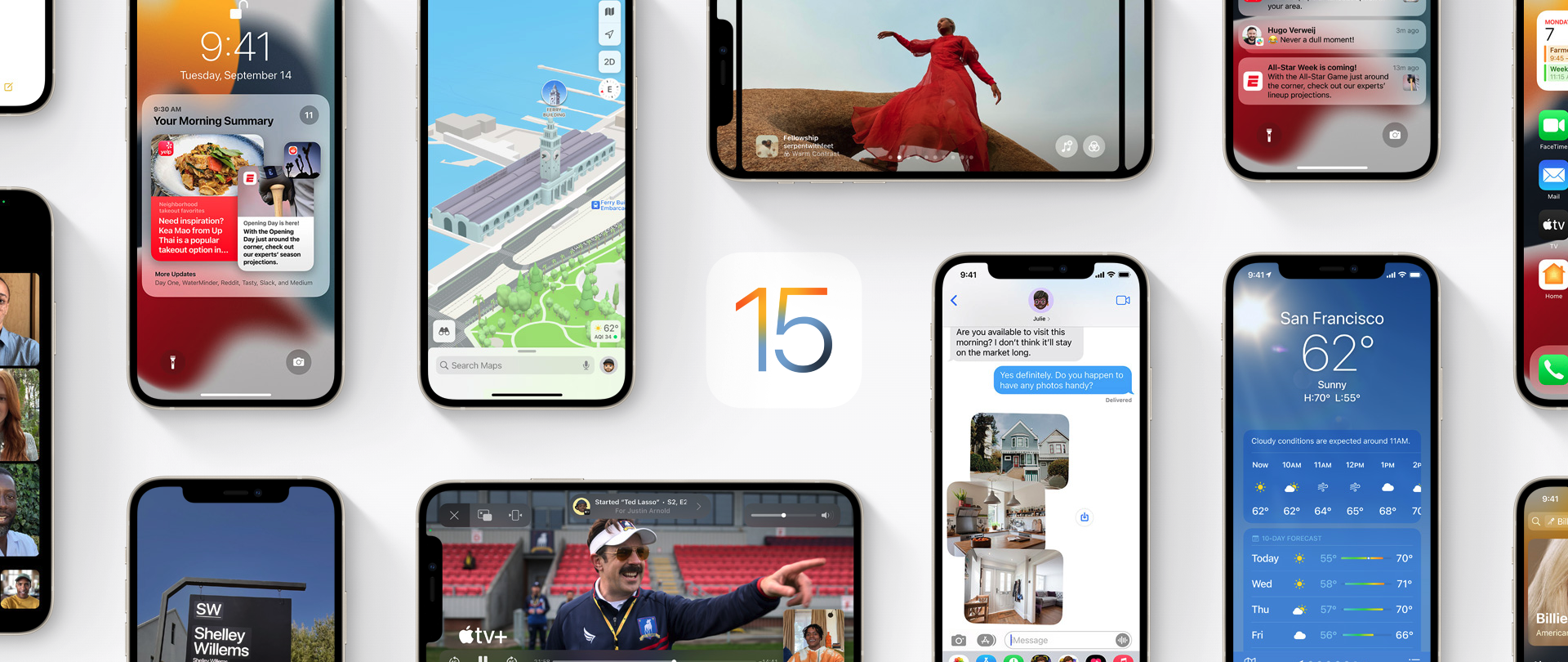The latest operating system for supported iPhones was released by Apple on September 12 last year. But how does iOS 16 compare to previous versions in terms of update frequency?
iOS 16 mainly brought a complete redesign of the lock screen, and at the same time ended software support for iPhone 6S, iPhone SE 1st generation, iPhone 7 and iPod touch 7th generation. Just two days after its release, however, its hundredth update came, which mainly corrected an error causing the failure of the activation of the new iPhone 14, for which it was primarily intended. Further corrections followed immediately on September 22 and October 10.
On October 24, we got iOS 16.1 with support for Matter and live activities. Two more hundredth updates followed. Certainly an interesting version is iOS 16.2, which came on December 13 last year. Apple had nothing to improve here, and before the arrival of iOS 16.3 we didn't see any of its hundredth update, which is rather surprising. This usually only happens with more advanced versions.
It could be interest you
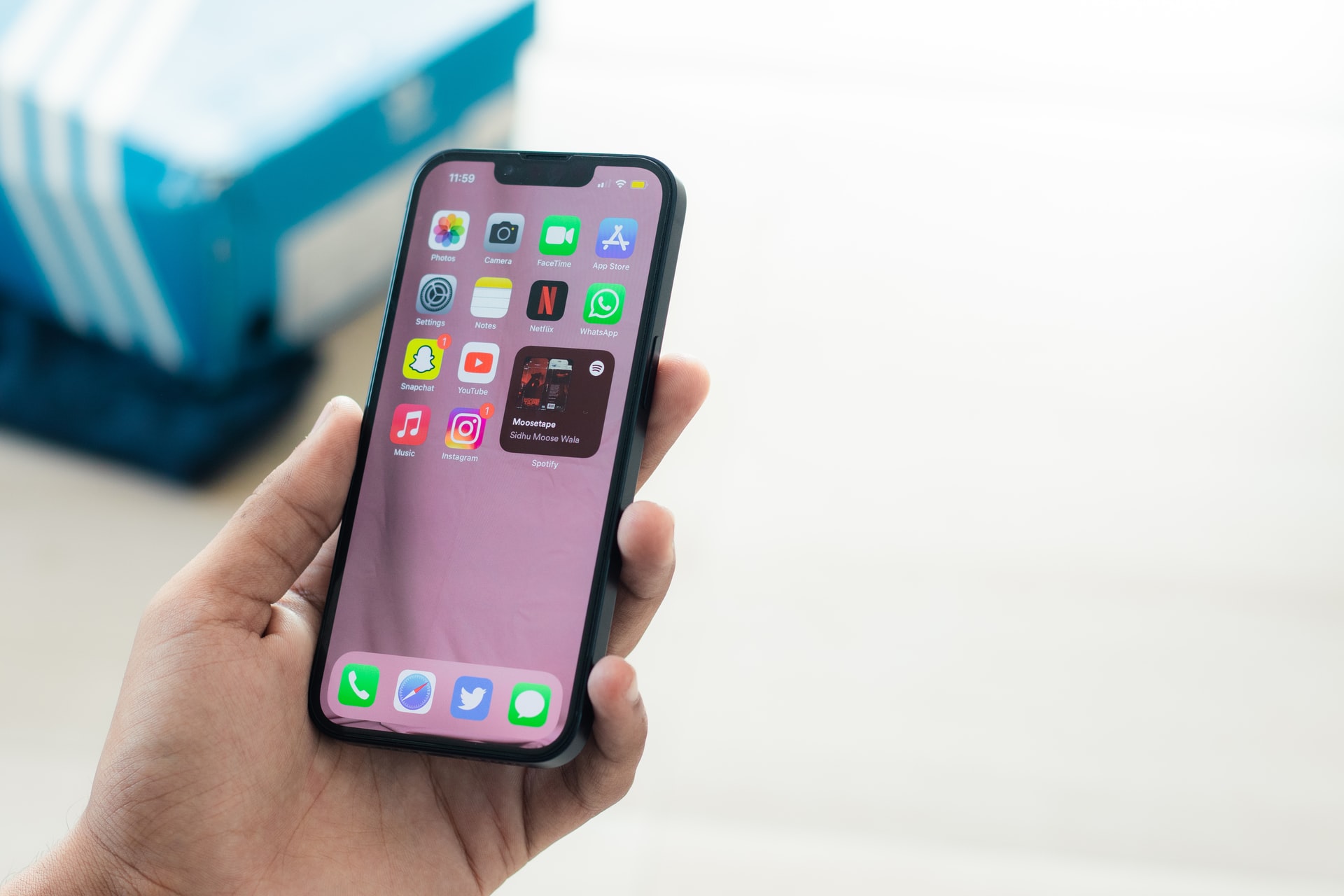
The most vulnerable iOS is…
If we go back to the past, iOS 15 also received two hundredth updates. The first decimal version came on October 25, 2021, almost exactly to the day, as it was now with iOS 16.1. Like iOS 15.2, which arrived on December 13, and iOS 15.3 (January 16, 2022), it only received one hundredth update. So far, the last version of iOS 15.7 arrived together with the system's successor, i.e. iOS 16, on September 12 last year. Since then, it has received three hundredth more updates with bug fixes in mind. It is very likely that additional centin versions will still be released over time for this reason to maintain security on devices with discontinued support.
According to the trend of releasing updates, it seems that Apple has learned to make systems more stable and secure. Of course, something always slips, but with iOS 14, for example, we already had iOS 14.3 in mid-December, iOS 14.4 came at the end of January 2021. The situation was similar with regard to iOS 13, when we also got iOS 13.3 in mid-December. But quite possibly because of its error rate, or that Apple has changed the meaning of releasing updates here, when they are now trying to stretch the interval again. For example, such iOS 12.3 did not come until May 2019.
If you were wondering which system was the least updated, it was iOS 5. It only got 7 versions, when its last update was 5.1.1. iOS 12 received clearly the most updates, and indeed a beautiful 33, when its final version stopped at the number 12.5.6. iOS 14 received the most decimal versions, namely eight.

